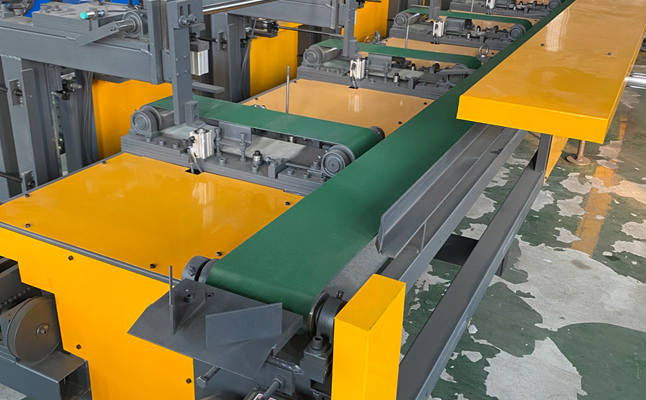
Price:
Detailed Introduction
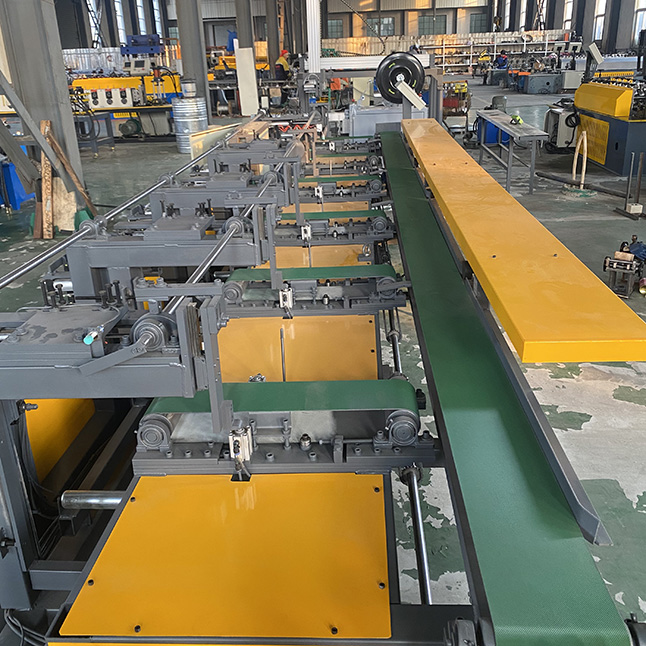 | 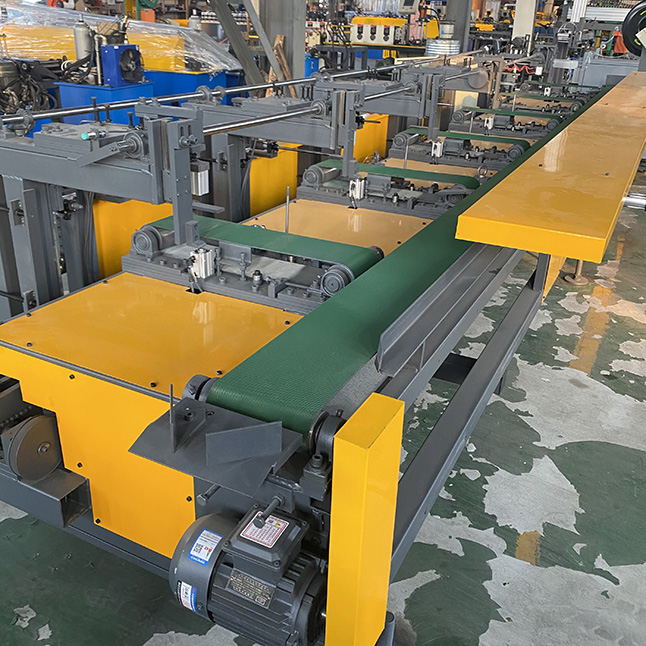 | 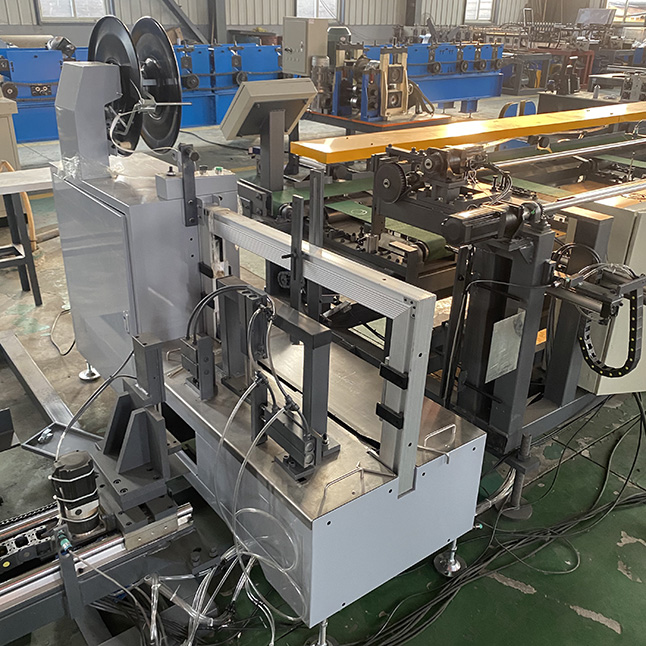 |
Packaging machine is a kind of equipment specially used for bundling and packing color steel plates. It can organize color steel plates into bundles for easy handling, storage and transportation. The following is a detailed introduction from the aspects of its characteristics, working principle, structural composition, technical parameters, maintenance and so on.
Features
Strong targeting: specially designed for color steel plates, taking into full consideration the thin texture and fragile surface coating of color steel plates, it can effectively avoid scratches, wear and other damages on the surface of color steel plates during the packaging process, and protect the appearance quality of color steel plates.
Firm bundling: With sufficient bundling force, it can ensure that the color steel plates will not be loose during handling and transportation, and ensure the integrity and safety of the goods.
Efficient automation: Some balers have a high degree of automation, which can realize fast belt feeding, tightening, welding and other packaging processes, greatly improve the packaging efficiency and meet the needs of mass production.
Working principle
Belt feeding: After the baler is started, the strapping tape on the strapping tape reel is fed out through the belt feeding mechanism. The belt feeding mechanism is usually driven by a motor to drive the roller, and the friction between the roller and the strapping tape causes the strapping tape to move along a specific track and be sent to the position surrounding the color steel plate.
Wrapping and tightening: After the strapping tape is wrapped around the color steel plate, the tensioning mechanism starts to work. The power is provided by the motor or cylinder to make the tension wheel tighten the strapping tape and tightly bind the color steel plate. The tensioning force can be adjusted according to the thickness and quantity of the color steel plate to ensure that the strapping is firm.
Welding and fixing: When the strapping tape is tightened to a suitable degree, the hot melt device (such as the iron head) heats the two ends of the strapping tape. The strapping machine generally uses thermoplastic strapping tape. After heating, the two ends of the strapping tape melt rapidly and fuse with each other under a certain pressure. After cooling, a firm connection is formed to complete the packaging process.
Structural composition
Tape feeding system
Tape reel seat: used to install and fix the strapping tape roll to ensure that the strapping tape rotates stably during the feeding process without shaking or jamming.
Tape feeding roller: It consists of an active roller and a driven roller. The active roller is driven by a motor, and the strapping tape is driven forward by friction. The roller surface usually has a special texture to enhance the friction with the strapping tape and ensure smooth feeding.
Guide groove: guides the direction of the strapping tape so that it can accurately wrap around the color steel plate. The shape and size of the guide groove match the strapping tape to prevent the strapping tape from running off during transportation.
Tensioning system
Tensioning wheel: driven by a motor or cylinder, responsible for tightening the strapping tape. The material of the tensioning wheel usually has high wear resistance to cope with frequent tensioning actions.
Tension adjustment device: the tension of the strapping tape can be adjusted according to actual needs. Through the adjustment device, the operator can accurately control the force applied by the tensioning wheel to the strapping tape to ensure that color steel plates of different specifications can be firmly tied.
Hot melt system
Hot iron: It is a key component of the hot melt system, which melts the two ends of the strapping tape by heating. The temperature of the hot iron can be adjusted to adapt to strapping tapes of different materials and thicknesses. Its smooth surface can make the two ends of the strapping tape evenly heated to ensure the quality of welding.
Pressure device: After the two ends of the strapping tape are melted, the pressure device applies a certain pressure to make the two ends fit tightly and form a firm connection. The pressure can also be adjusted according to actual conditions.
Control system
Operation panel: Various operation buttons are set, such as start, stop, tension adjustment, iron head temperature adjustment, etc., to facilitate the operator to operate. Some advanced balers are equipped with LCD screens, which can intuitively display the equipment operating parameters and working status.
Control circuit: Receive instructions from the operation panel to control the coordinated work of the belt feeding system, tensioning system and hot melt system. At the same time, it also has fault detection and alarm functions. When the equipment is abnormal, it can promptly issue an alarm and display fault information, which is convenient for maintenance personnel to quickly troubleshoot the problem.
Technical parameters
Packing speed: Usually around 2-5 seconds/bag, the specific speed depends on the model and degree of automation of the equipment. A higher packaging speed can improve production efficiency and meet the needs of large-scale color steel plate production enterprises.
Applicable strapping tape specifications
Width: The common applicable width is 9-15mm, which may vary for different models of equipment. Narrower strapping tape is suitable for thinner color steel plates or occasions with higher requirements for appearance. Wider strapping tape can provide greater bundling force and is suitable for thicker or multi-layer stacked color steel plates.
Thickness: Generally, strapping tape with a thickness of 0.5-1.2mm is suitable. Choosing strapping tape of appropriate thickness can not only ensure the strength of the strapping, but also avoid waste and cost increase caused by excessive thickness.
Maximum tightening force: Generally between 300-800N. For color steel plates of different specifications and quantities, corresponding tightening force is required to ensure that they are not loose during transportation. Larger tightening force is suitable for packaging color steel plates with larger thickness and larger quantity.
Power supply requirements: Most strapping machines use 220V or 380V AC power supply with a power of about 1-3kW. When selecting equipment, it is necessary to ensure that the equipment can operate normally according to the power supply configuration of the factory.
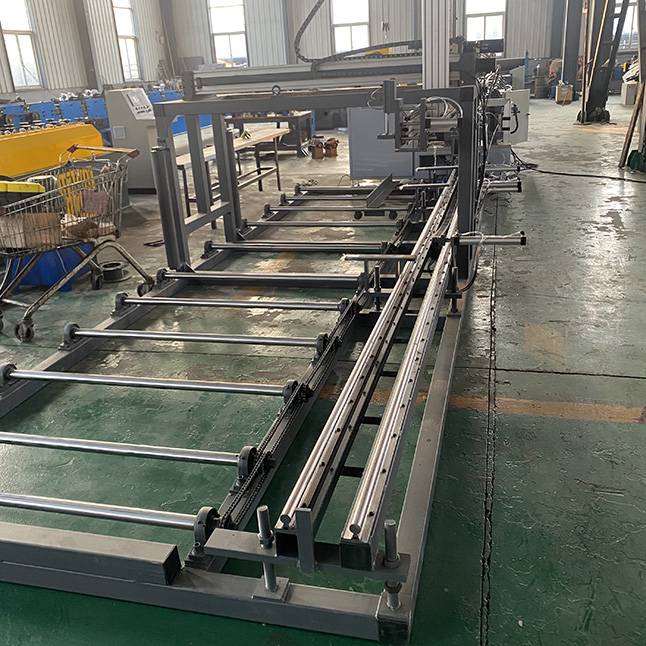
Maintenance points
Daily cleaning
Surface cleaning: After work every day, wipe the surface of the equipment with a clean damp cloth to remove dust, debris and other debris to keep the appearance of the equipment clean and tidy.
Cleaning of key parts: Regularly clean the residual strapping tape scraps and dirt on the surface of the belt feed roller, tension wheel, and iron head. You can use a soft brush or special cleaning agent to clean to ensure the normal operation of these parts. Dirt on the tape feed roller may cause poor tape feeding, and residue on the surface of the iron head will affect the welding effect.
Component inspection and maintenance
Tape feed system: Regularly check the wear of the tape feed roller. If the roller surface is severely worn, it will affect the stability and smoothness of the tape feed and should be replaced in time. At the same time, check the rotation flexibility of the reel seat. If there is a jam, add lubricating oil for lubrication.
Tensioning system: Check the wear of the tensioning wheel and the accuracy of the tension adjustment device. Wear of the tensioning wheel will lead to insufficient tightening force, and inaccurate tension adjustment device cannot adjust the tightening force according to actual needs. If problems are found, repair or replace relevant parts in time.
Hot melt system: Check the heating condition and surface flatness of the iron head. If the iron head is heated unevenly or the surface is deformed, it will affect the welding quality of the strapping tape. Regularly calibrate the iron head temperature to ensure that it is within the appropriate working range.
Lubrication and maintenance
Transmission parts: For the transmission chain, gears, bearings and other parts of the equipment, add lubricating oil or grease regularly according to the requirements of the equipment manual. Generally, full lubrication is performed every certain period of operation (such as 500 hours) to ensure smooth operation of the transmission parts and reduce wear and noise.
Electrical system maintenance
Line inspection: Regularly check the electrical circuit to see if there is aging, damage, short circuit, etc. If the outer skin of the wire is damaged, it should be replaced in time to prevent leakage accidents. At the same time, check whether the electrical connection points are loose to ensure good contact.
Control component inspection: Check the buttons and display screens on the operation panel and the relays, contactors and other components in the control circuit to ensure their normal operation. If the button fails, the display screen displays abnormally, or the control component is not sensitive, it should be repaired or replaced in time.
Copyright © Cangzhou Guochen Cold Bending Machinery Equipment Co., Ltd. Rights Reserved Sitemap | Technical Support